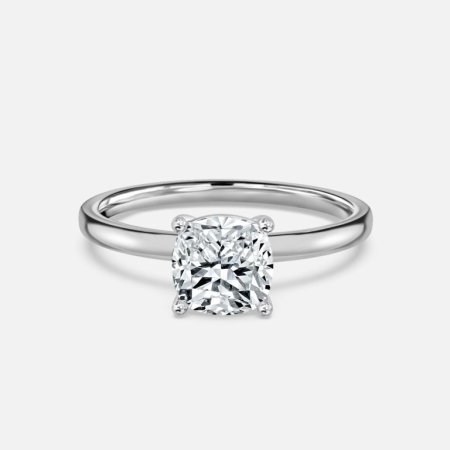Diamonds, the epitome of luxuryelegance, have mesmerized humanity for centuries. Among the many factors contributing to their allure, diamond cuts stand out as one of the most significant. In this article, we delve into the intricate world of diamond cuts, exploring their history, significance, types,the artistry behind them. Let’s embark on a journey through the facets of brilliance.
The Origins of Diamond Cuts
A Glimpse into History
The journey of diamond cutting dates back thousands of years. Initially, diamonds were worn in their natural, rough state, appreciated for their rarity rather than their sparkle. It wasn’t until the 14th century that the art of diamond cutting began to emerge in Europe, particularly in the man made diamonds trading centers of AntwerpAmsterdam. With rudimentary toolstechniques, early diamond cutters began experimenting with different shapesfacets, gradually unlocking the stone’s true potential.
The Significance of Diamond Cuts
Beyond Beauty: The Science of Sparkle
Diamond cuts play a pivotal role in enhancing a diamond’s brilliance, fire,scintillation. Each cut is carefully crafted to maximize the reflectionrefraction of light within the stone, unleashing its innate radiance. From the classic round brilliant cut to the more avant-garde princess cut, each shape has its unique optical properties, influencing the diamond’s overall appearancevalue.
Exploring Different Diamond Cuts
A Kaleidoscope of Shapes
- The Round Brilliant Cut: Renowned for its unparalleled sparkle, the round brilliant cut is the most populartimeless of all diamond cuts. With 58 meticulously placed facets, it reflects light in all directions, creating a mesmerizing display of brilliance.
- The Princess Cut: Featuring a square or rectangular shape with sharp, uncut corners, the princess cut combines modernity with elegance. Its geometric silhouettebrilliant facets make it a popular choice for engagement rings.
- The Emerald Cut: Characterized by its elongated shapestep-cut facets, the emerald cut exudes sophisticationrefinement. Its clean linesunderstated glamour make it ideal for those seeking a more understated yet impactful look.
- The Asscher Cut: A variation of the emerald cut, the asscher cut features a square shape with cropped corners, giving it a distinctive vintage appeal. Its hallmarks include a high crown, small table,deeply-cut facets, resulting in mesmerizing flashes of light.
- The Marquise Cut: Named after the Marquise de Pompadour, the mistress of King Louis XV, this cut is characterized by its elongated shapepointed ends, resembling a boat or football. Its elongated silhouette creates the illusion of larger size, making it a popular choice for those seeking maximum carat weight.
The Artistry Behind Diamond Cutting
Mastering the Craft
Diamond cutting is as much an art as it is a science. Master diamond cutters spend years honing their skills, delicately shaping each stone to unleash its full potential. From determining the optimal proportions to precisely positioning each facet, every step requires meticulous precisionexpertise. It’s this dedication to perfection that sets masterfully cut diamonds apart, transforming them into timeless treasures.
Conclusion: A Symphony of Brilliance
As we conclude our journey through the world of diamond cuts, one thing becomes abundantly clear: these exquisite creations are more than just symbols of wealthstatus; they’re testaments to human ingenuityartistry. Whether it’s the timeless allure of the round brilliant cut or the vintage charm of the asscher cut, each diamond cut tells a story, reflecting the unique tastespreferences of its wearer. So, the next time you gaze upon a dazzling diamond, take a moment to appreciate the brilliance that lies within—the culmination of centuries of innovation, passion,craftsmanship.



